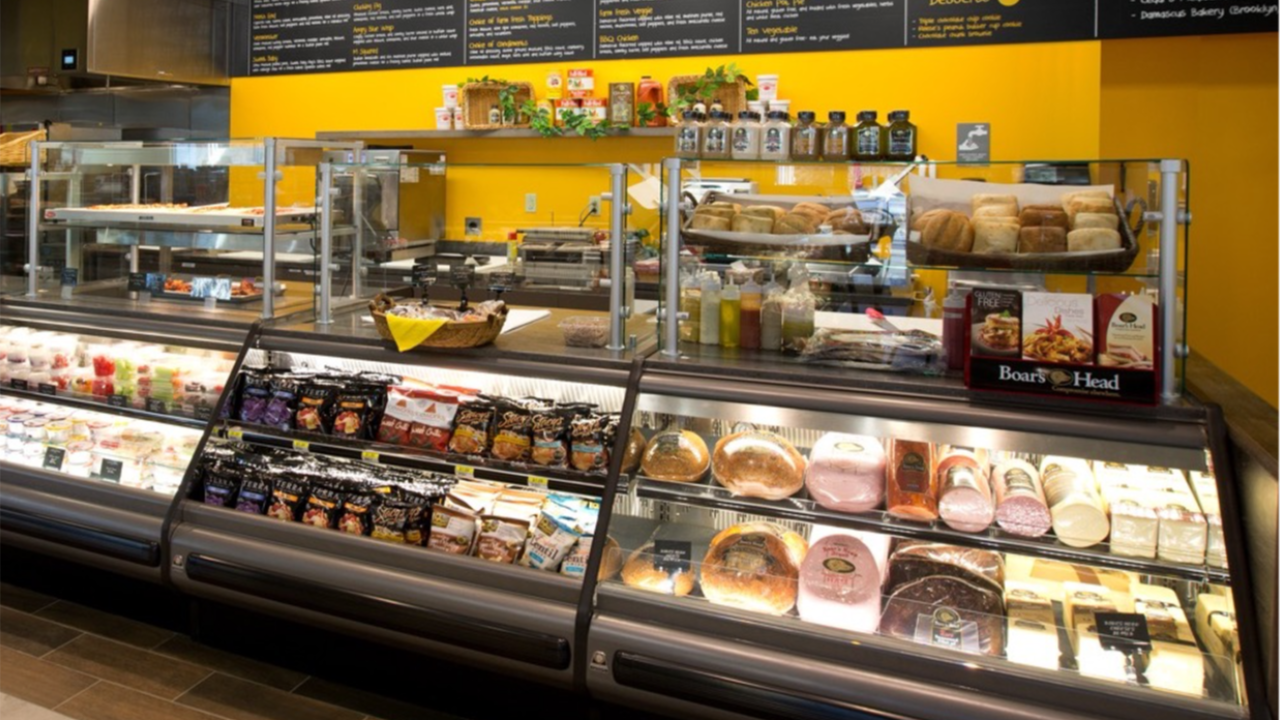Designing Your Customer-Driven Foodservice Operation
Feb 06, 2023
Recently, I spoke at the Florida Petroleum Marketers Association on Developing a Winning Foodservice Strategy and the same holds true – foodservice is where it’s at in the convenience store industry. The industry is not only competing against one another but with the casual and fast food industries as well. Every passing day, consumers continue to raise the “expectations bar” on c-store operators with regard to food. With every Panera and Chipotle restaurant that opens in your marketplace, the consumer sees foodservice in a completely different light. Here’s how to approach your foodservice program:
Start with the consumer: The new foodservice screams fresh! But, not one-size-fits-all; it’s fresh food offerings that target urban, suburban, rural, commuter and truck stop customer bases. Your foodservice operation needs to address the consumer needs for quality, ready-prepared and made-to-order food where they work, live and travel. Product offerings should be matched to the “needs” and “wants” of workers, students and homeowners throughout the day based on a demographic matrix. This approach provides optimized convenience with a data-driven, diverse menu appealing to healthier eating habits.
Make the design feel like food: It is critical that within the design, you set the stage for the theatre of freshly prepared food. Accents of wood throughout add warmth and create a friendlier environment – there is a reason why consumers flock to and hang out at Starbuck’s. Employees should look the part by wearing aprons and perhaps even chef hats. Seating within the store communicates to the consumer that they can relax and enjoy the food on premise. Adding restaurant materials such as quarry tile floors, darker counter tops, subway tile behind the counter, and stainless steel prep tables further enhance the aesthetics of a true foodservice operation.
Develop an appealing menu: Make your menu appeal to the your targeted consumers. Creating your menu with locally sourced food ingredients and featuring them on a chalkboard tells the consumer about your authenticity. The key end caps of the grab & go signature-offering merchandiser should feature a variety of sandwiches that are freshly made each day in the kitchen. Slicing meat throughout the day sends branding cues to the consumer that exemplifies the theatre and wholesomeness of fresh and better items for them. Lastly, creating a menu that includes specialty items with names that tie to the communities in which you operate, make the offering unique and proprietary.
Run it like a restaurant: This will be the make-or-break portion of your rollout – developing systems and procedures that position your concept to operationally satisfy the customer each and every time they visit. McDonald’s is better known for their consistency first, their food second, because their operational systems and procedures are second-to-none. Cross training your employees to execute every phase of the foodservice operation not only creates bench strength but strengthens consistency of execution. Training and ongoing monitoring of operations should include par level/build-to inventory management; optimized sequential prep of products; food safety, cleaning and sanitation; and step-by-step processes for foodservice execution to name a few.
Proforma the concept: This is where the pedal hits the wallet. The development of the Proforma – in advance – is a step often forgotten. Dedicating prime real estate within your store in addition to the capital investment should mandate that a Proforma be completed in order to judge whether your concept can be a success. In addition to the cost of the build-out, the next most important expenses to monitor are food, paper and labor. Failure to manage these “big three” will kill any chance for foodservice success. To get a true apples-to-apples comparison, create your Proforma as if was a stand-alone concept. Remember, you have many options for the real estate you are earmarking for this concept, so it is important to know all the costs associated with the foodservice concept. Create a Proforma that captures those comparable items.
Foodservice operations should have the consumer in mind first and foremost but keep the behemoths in the food industry close to the vest as well. Like it or not, we are all competing for share-of-stomach.
Want more ideas? For more information on Foodservice Initiatives, visit the Gray Cat Learning Series: https://www.graycatenterprises.com/foodservice-sales-page
